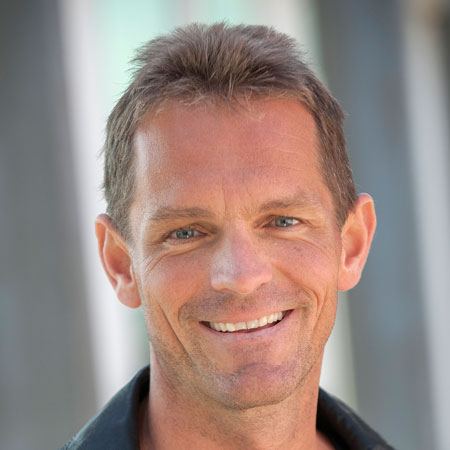
14TH INTERNATIONAL EXPERTS' CONFERENCE
ENVIROMANAGEMENT 2024
MANAGING SOLID WASTE AND RESOURCES PROPERLY...
FAILING TO PLAN IS PLANNING TO FAIL
SEPTEMBER 30 - OCTOBER 1, 2024
HOTEL PATRIA ****, ŠTRBSKÉ PLESO, HIGH TATRAS
SLOVAKIA
LECTURER
Dr. Christian Schreyer
CEO
Umbrella Organization of Styrian Waste Management Associations
Seiersberg-Pirka
Austria
PRESENTATION
Poor Planning Today – Creating Tomorrow’s Mistakes.
A look back at 30 years operation of communal drop-off centers.
Dnešné chyby v plánovaní a z nich plynúce problémy v budúcnosti.
Pohľad na posledných 30 rokov fungovania komunálnych zberných dvorov.
ANNOTATION
In several regions of Austria, the construction of waste collection centers began very early on between 1990 and 1995.
At that time, it was important for the population to be able to find all important services in their own living environment. People still did their shopping in the village, which meant that all waste disposal options should be available in the village itself. By 2005, Styria, with a population of 1.2 million, already had 430 waste collection centers, a result of the administration’s funding policy, which had a great interest in an infrastructure that was as dense and comprehensive as possible.
However, some waste collection centers were too small and had very low utilization rates. Technical and legal requirements were difficult to meet and the fixed costs were too high in relation to the volumes of waste collected. Some waste collection centers were only open 12 times a year because the personnel costs were very high. The quantities of waste delivered were low, the number of fractions was low and much waste was poorly separated and only collected in mixed form. As a result, the potential for recyclable waste was not optimally utilized. The implementation of safety requirements was also expensive and therefore the installation of waste collection centers had to be established on a supra-regional level. Municipalities were encouraged to cooperate, resulting in the creation of new resource parks, in which a variety of 80 different waste fractions are now collected, recyclables reach freightable quantities and can thus be marketed profitably.
The current concept is that waste collection centers should be set up for at least 10,000 inhabitants. By implementing a high level of collection diversity, revenues from recyclables increase, collected amounts increase, fixed costs fall and it pays to employ well-trained staff. Professionally managed resource parks are now accessible at least three days a week. Citizen-friendly service and a high level of acceptance among the population guarantee ecologically and economically better structures.
LECTURER'S PROFILE
Dr. Christian Schreyer, Manager of the Umbrella Organization of Styrian Waste Management Associations. Since 1992 working in public waste management. Main areas of responsibility: Organization systems in public waste management, waste fees, PAYT, Public recycling yards, collection systems, public tendering, public relations.
ORGANIZATION'S PROFILE
Umbrella Organization of Styrian Waste Management Associations: Stakeholder for 17 Waste Management Associations, Contact point to private waste management groups, legislation, Head for organization of public relation in Styria.

